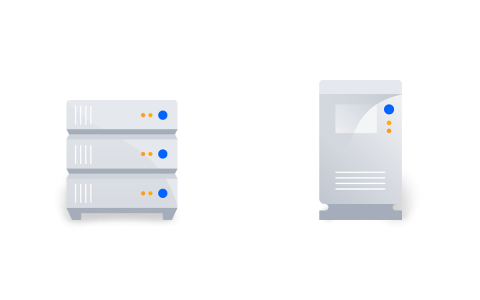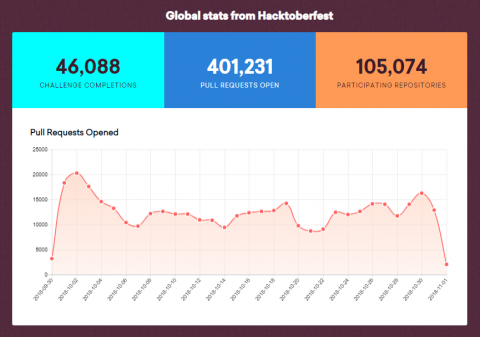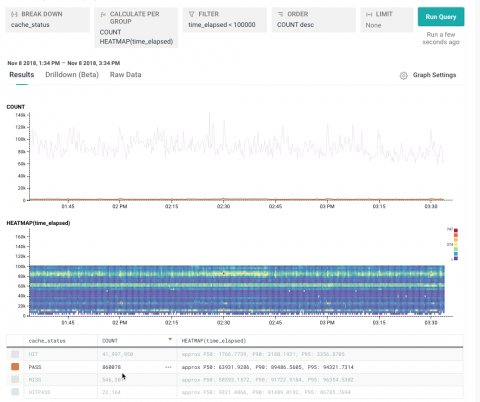Top metrics to consider while monitoring DynamoDB performance
NoSQL databases have always been regarded as a notch above SQL databases. The primary reason for the soaring popularity of NoSQL databases is their dynamic and cloud-friendly approach to seamlessly processing data across a large amount of commodity servers. With high scalability, availability, and reliability, AWS’s DynamoDB is a great example of a fully-managed NoSQL database.











